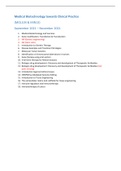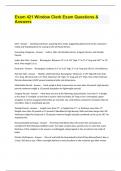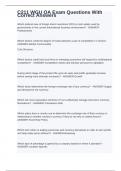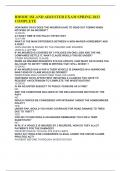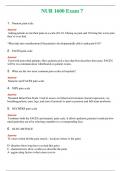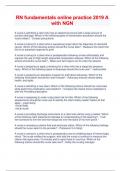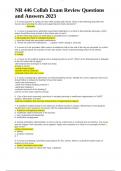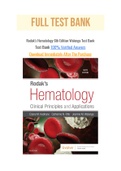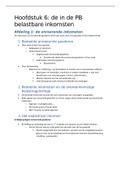Summary
Summary Medical Biotechnology towards Clinical Practice
- Course
- Institution
I passed this exam with a 7.5 by studying with my summary. A detailed summary of the course of Medical Biotechnology towards Clinical Practice. I basically wrote down everything that was said during the lectures. It is written in continuous text, not subpoints, which makes it easy to follow even w...
[Show more]
